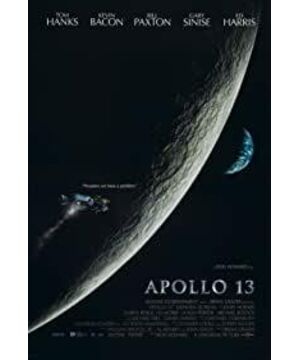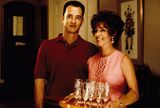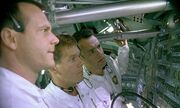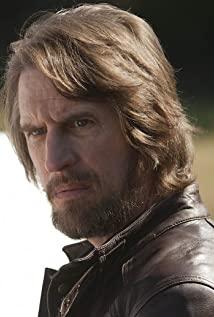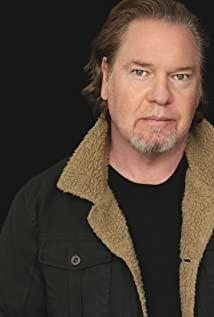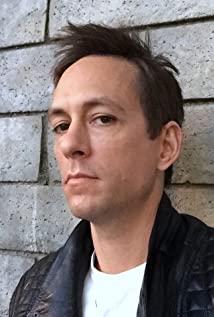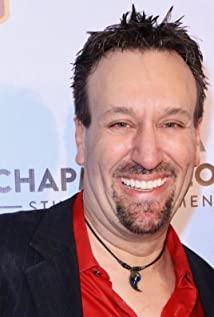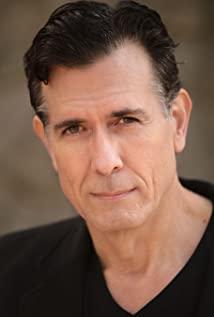This book talks about the famous “successful failure”, the astonishing remarkable achievement of the Apollo 13 aircraft on April 13, 1970. On America's fifth mission to the moon, astronauts Jim Lovell, Fred Haise, and Jack Swigert manage to live on after mysterious explosion destroyed the ship. Though they are not able to reach the moon, they leave us more treasurable experience and a dramatic, thrilling story that encourage people devote to science and explore the universe. Without doubt, their heroic sprit will pass from generation to generation . I watch the movie before reading the book, yet lots of things about how everything else wrong with the voyage is not contain in the movie, while the book do well in this part, well-balancing in terms of how much technical detail to include . As Konstantin Tsiolkovsky tells us, "the Earth is the cradle of humanity, but mankind cannot stay in the cradle forever." For exploration of outer space, we human has paid a lot, such as the two well-known accident-the tragedy of Challenger on 1986 January 28 and Columbia on 2003 February 1. Total 14 heroes are lost from these tragedy. Sometimes we are sad and suspect whether it is worth to pay such price. I still remember the complicated emotion mixed with excitement and worry when I first saw the first Chinese astronaut Liwei Yang go into space on TV at my young age. Exploration is always filled with chances and challenges. After all, science is a risk to a certain extent, and we are getting mutual from making thousands of mistakes. Many simple knowledge regarded as common sense nowadays are learnt from bloody tragedies. For example,we learnt that the airplane window cannot be squire with right angles from the Comet disasters of 1954, which made 35 people leave us forever. We have just started to explore the universe, and some mistakes and accidents are unavoidable. What we can do is to learn from this failure, and each time we make a mistake, we can get better and safer. There are many lessons one can learn from the book. I quite appreciate the clam and wit of the crews and the men and women on ground when facing those unexpected difficulties. They make their own miracle and legend by finally bring the aircraft back through cooperation in such urgent situation. Besides, I think Lovell shows the quality of a real leader in this case, as a man always in control, he utterly confident in his crews and the men on ground. As a leader there is a trap of being nice,gentle and reasonable, yet this may not be good for the team and the mission. If one sets low goals, the accomplishments will be even lower, so that nobody fulfills their true potential. So we should all learn to keep a balance between being soft and pushy, and always believe in our fellow and ourselves when facing the problem.
View more about Apollo 13 reviews


